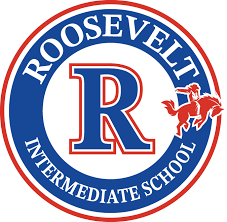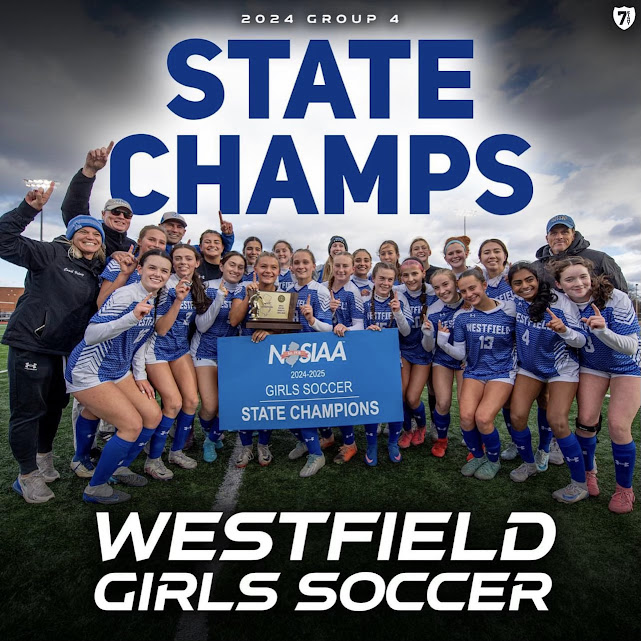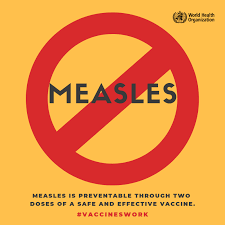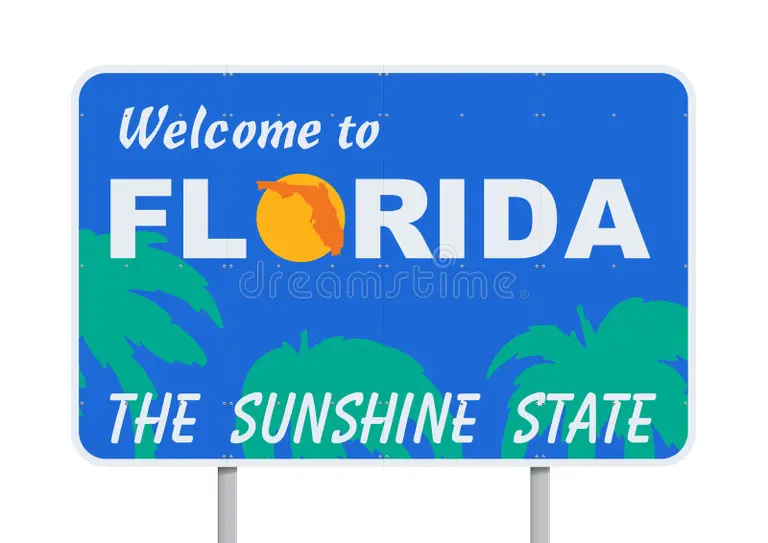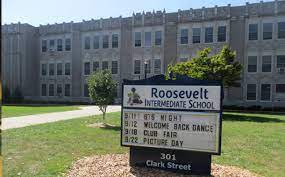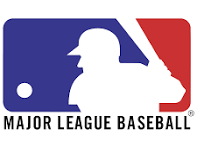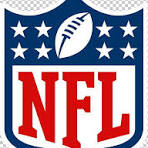In recent years, college sports have taken a dramatic turn. Thanks to NIL (Name, Image, and Likeness) deals, student-athletes are now able to make money by partnering with brands, appearing in ads, or selling merchandise with their name on it. While this sounds like a dream come true for athletes, many people are debating whether this is actually a good thing for college sports.
What Are NIL Deals?
NIL deals allow college athletes to get paid for the use of their name, image, and likeness. That could mean signing a sponsorship deal, getting paid to post on social media, or earning money from jerseys that have their name on the back. These deals can bring in thousands—and sometimes millions—of dollars for young athletes.
The Positives: Helping Athletes and Communities
One major benefit of NIL deals is financial support. Many college athletes train hard every day but never get a chance to earn money. Now, these deals help them support their families and even give back to others.
A great example is Florida State football player Dillan Gibbons. He used his NIL money to start a GoFundMe for his friend Timothy Donovan, who has an incurable disease. So far, they’ve raised about $90,000 (source).
NIL deals can also help small businesses. Athletes can do meet-and-greets or post about local stores, which brings in customers and gives athletes more publicity. Plus, if someone is selling a shirt with a player’s name on it, many believe that the athlete should get a piece of that profit—and now they can.
Another upside? Athletes are learning how to manage money and build a brand early. These are skills that can help them long after their sports careers are over.
The Downsides: Pressure and Unfair Advantages
However, NIL deals also have some serious downsides.
One big issue is the pressure it puts on young athletes. Many are paid before the season even starts, which makes them feel like they have to perform at a high level to “earn” their money. If they get injured or have a bad season, they may feel like they’ve let people down. This pressure can take the fun out of playing sports.
NIL also causes problems with team loyalty. Some athletes jump from school to school, looking for the best NIL deals. For example, wrestler Sammy Alvarez has been on five different teams in five years—NC State, Rutgers, Oklahoma State, Rider, and now Iowa. That makes it hard for coaches to build a strong team and connect with their players.
Smaller schools are also struggling. Colleges without big sports budgets can’t offer huge NIL deals, so star athletes often pick wealthier schools instead. This can lead to unfair competition and even illegal recruiting, where coaches try to get athletes before they’re officially allowed to.
Many critics say this is making college sports feel more like professional leagues, where money plays a bigger role than love for the game. That can be discouraging for students who play sports just for fun or school pride.
